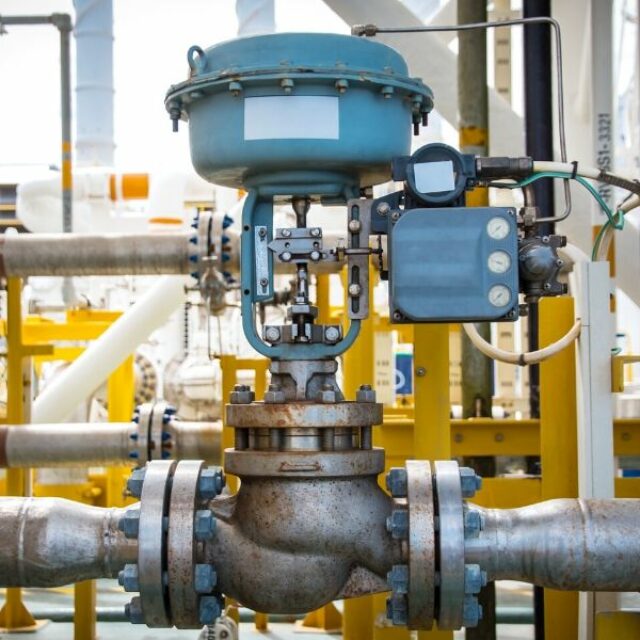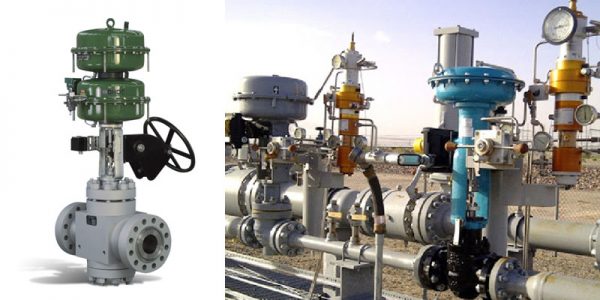
Maximize Energy Savings and Convenience With Advanced Building Automation Controls
In the realm of contemporary style and facility monitoring, the combination of advanced building automation regulates stands as a critical innovation. By taking advantage of the power of automation, buildings can adjust, react, and evolve in methods that were as soon as unbelievable.
Energy Effectiveness Conveniences
Power efficiency benefits can dramatically decrease energy usage and operational expenses in buildings. By applying energy-efficient techniques and technologies, building proprietors and drivers can achieve considerable cost savings while additionally adding to ecological sustainability. Among the key advantages of boosting power effectiveness in structures is the reduction of energy expenses. Energy-efficient systems, such as innovative structure automation controls, can maximize the usage of sources like lighting, heating, and cooling, causing lower energy expenses over time.
In addition, boosted power effectiveness can prolong the life-span of structure equipment and systems. By operating more successfully, heating and cooling systems, light, and various other building components experience much less deterioration, resulting in lowered maintenance and replacement prices. Furthermore, energy-efficient buildings frequently regulate greater residential property values and rental prices, providing long-lasting financial advantages to proprietors.
Additionally, power effectiveness can improve occupant convenience and efficiency. Properly controlled indoor atmospheres with optimum illumination and thermal problems produce an even more positive and conducive workspace, causing improved employee complete satisfaction and efficiency. In general, the power effectiveness advantages associated with innovative building automation controls are complex, encompassing expense financial savings, environmental stewardship, and passenger well-being.
Improved Convenience Control
Enhancing comfort control in building settings calls for a sophisticated combination of advanced automation systems for ideal resident wellness. By utilizing advanced building automation controls, centers can tailor the indoor setting to fulfill the details needs and preferences of occupants. control valves.
By including these advanced controls, structures can not only enhance comfort however also enhance power effectiveness by enhancing system operations based on real tenancy and usage patterns. Inevitably, focusing on passenger convenience through innovative automation systems leads to a more delightful and much healthier indoor atmosphere.
Functional Effectiveness Improvements

In addition, the application of real-time monitoring and analytics devices allows building operators to recognize energy inadequacies and functional anomalies immediately. By continuously checking energy use patterns and system performance metrics, changes can be made in real-time to optimize energy intake and guarantee peak functional efficiency. control valves. Furthermore, including demand reaction methods right into building automation controls can additionally enhance operational effectiveness by dynamically changing power usage based upon grid conditions and rates signals
Indoor Climate Optimization
Effective interior environment optimization is a basic aspect of building automation controls, making certain occupants' comfort and well-being while taking full advantage of power savings. By utilizing sophisticated sensors and controls, developing automation systems can continually change and keep an eye on temperature level, humidity degrees, discover this air quality, and ventilation to create an optimal indoor environment. Maintaining constant and comfortable conditions not just enhances passenger contentment but likewise increases efficiency and general health.
Interior climate optimization additionally plays a vital function in energy efficiency. By fine-tuning cooling, air flow, and home heating systems based on real-time information and tenancy patterns, constructing automation controls can dramatically lower power usage - control valves. For instance, executing methods such as demand-controlled ventilation and thermal zoning can help minimize power waste while making sure that each area of the building obtains the needed conditioning.

Sustainable Atmosphere Development
Structure automation regulates not just enhance indoor climate hop over to here conditions for energy performance and owner convenience yet additionally lay the structure for developing a sustainable environment through strategic management of sources and systems. By incorporating innovative structure automation innovations, such as sensors, actuators, and intelligent software, centers can change and keep an eye on energy usage in real-time to minimize waste and decrease their carbon footprint. These systems make it possible for anticipating maintenance, identifying possible concerns prior to they intensify and optimizing equipment efficiency to improve longevity and performance.
In addition, lasting environment production prolongs beyond energy management to encompass water preservation, waste reduction, and interior air top quality enhancement. Building automation controls can manage water usage, spot leakages, and make sure appropriate waste disposal methods, contributing to total sustainability efforts. In addition, by regulating and keeping track of air flow and filtration systems, these modern technologies enhance owner health and wellness and productivity while decreasing power intake connected with heating and cooling procedures.
Verdict
In verdict, advanced building automation regulates deal considerable benefits in terms of energy financial savings, comfort control, functional efficiency, indoor environment optimization, and creating a sustainable atmosphere. By implementing these controls, buildings can attain optimal performance my site while minimizing power intake and improving resident convenience. It appears that using sophisticated automation modern technology is crucial in improving structure efficiency and developing a more sustainable future.
Energy efficiency benefits can substantially reduce energy usage and operational expenses in structures. Overall, the energy efficiency benefits connected with innovative structure automation controls are multifaceted, including expense savings, environmental stewardship, and resident wellness.
Furthermore, integrating demand response strategies right into structure automation controls can additionally improve operational performance by dynamically readjusting energy usage based on grid conditions and rates signals.
Structure automation manages not only maximize indoor climate conditions for power performance and passenger comfort but additionally lay the structure for producing a sustainable setting with calculated administration of resources and systems.In final thought, advanced building automation controls deal substantial benefits in terms of power cost savings, comfort control, functional efficiency, interior climate optimization, and developing a sustainable environment.